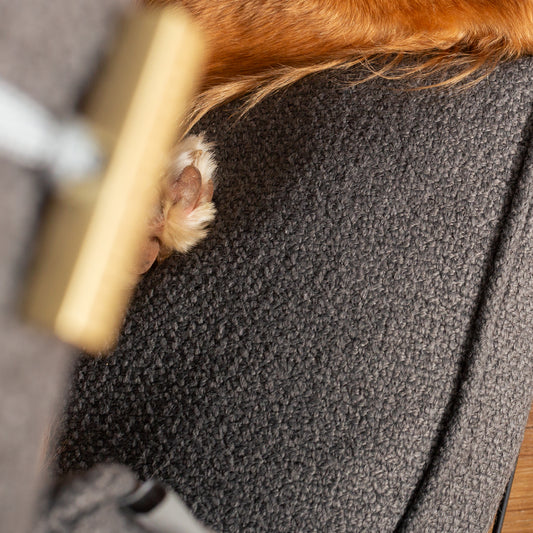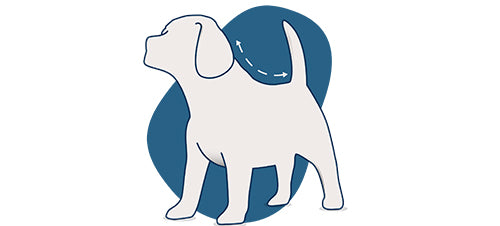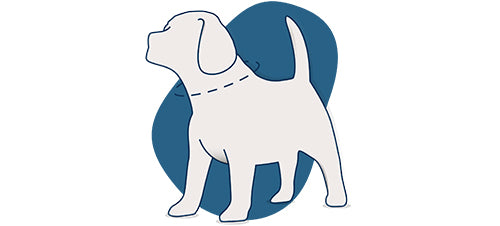Dogs are known for their loyalty, playfulness, and affectionate nature. However, much like humans, they also experience fear. Understanding what your dog might be afraid of is essential for ensuring their well-being and happiness. Below, we explore some of the most common things that dogs are scared of, why these fears develop, and what you can do when your dog is scared, particularly in situations like thunderstorms.
What Are Dogs Afraid Of? Common Canine Fears
Dogs can develop fears and phobias for various reasons, ranging from their genetic predisposition to their early life experiences. Below are some of the most common fears that dogs experience:
Loud Noises
One of the most prevalent fears in dogs is a fear of loud noises. This can include thunderstorms, fireworks, gunshots, and even the sound of vacuum cleaners. The sudden, unpredictable nature of these sounds can startle dogs and cause significant anxiety.
Thunderstorms
Among loud noises, thunderstorms are particularly terrifying for many dogs. The combination of thunder, lightning, wind, and changes in barometric pressure can be overwhelming. Dogs may exhibit signs of distress such as trembling, whining, pacing, or attempting to hide when a storm is approaching or ongoing.
Strangers and New Environments
Many dogs are wary of strangers or new environments, particularly if they haven’t been properly socialised. This fear can manifest as barking, growling, or cowering when faced with unfamiliar people or places. Dogs that haven’t been exposed to a variety of people, settings, or experiences during their critical socialisation period (typically between 3 and 14 weeks of age) are more likely to develop these fears.
Other Animals
Fear of other animals, including other dogs, is another common issue. This fear can be due to a lack of socialisation, a past negative experience, or even a natural predisposition to be cautious. Dogs with this fear might react aggressively or retreat when encountering another animal.
Separation Anxiety
Separation anxiety is a specific type of fear that occurs when a dog is left alone or separated from their owner. Dogs with separation anxiety may bark excessively, destroy furniture, or have accidents indoors when left alone. This fear is particularly common in rescue dogs or those who have experienced trauma in the past.
Veterinary Visits
Many dogs are afraid of going to the vet. The combination of strange smells, unfamiliar people, and the potential for uncomfortable procedures can make veterinary visits a source of significant stress for dogs. This fear can lead to resistance, shaking, or even aggression during vet appointments.
Specific Objects or Situations
Some dogs develop specific fears of particular objects or situations. This could include things like men with hats, certain types of vehicles, or specific rooms in the house. These fears often stem from a past negative experience or an association the dog has made with something unpleasant.

Why Do These Fears Develop?
Understanding the root cause of your dog’s fears can help you address them more effectively. Here are some of the main reasons dogs develop fears:
- Lack of Socialisation: Dogs that aren’t exposed to a wide range of people, animals, environments, and situations during their early months are more likely to develop fears. Proper socialisation helps dogs learn that new experiences are not something to be afraid of.
- Genetic Predisposition: Some breeds are more prone to anxiety and fearfulness due to their genetic makeup. For example, smaller breeds or those bred for guarding or herding may naturally be more wary of new experiences.
- Traumatic Experiences: A single traumatic experience can lead to a lifelong fear in some dogs. For instance, a dog that has been caught in a severe storm or been attacked by another dog might develop a fear of storms or other dogs as a result.
- Owner Influence: Dogs are incredibly attuned to their owners' emotions. If you’re anxious or fearful, your dog may pick up on these emotions and mirror them. Additionally, if you unintentionally reinforce fearful behaviour by comforting your dog excessively when they’re scared, it can exacerbate their anxiety.
What to Do When Your Dog Is Scared of Thunder
Thunderstorms are one of the most common triggers of fear in dogs. If your dog is scared of thunder, there are several strategies you can employ to help them feel more secure:
Create a Safe Space
Providing a safe, quiet space where your dog can retreat during a storm can help reduce their anxiety. This might be a crate set, a sleepy burrows bed, a bathroom, or a closet where they feel secure. Make sure the space is free from windows where they might see the lightning or hear the thunder more loudly.
Use Calming Products
There are several products available that can help soothe an anxious dog during a storm. Thunder shirts, for example, apply gentle pressure to your dog’s body, which can have a calming effect. You can also use calming pheromone diffusers, collars, sprays, or treats that contain natural ingredients like chamomile or valerian root to reduce anxiety.
Desensitisation and Counter-Conditioning
Desensitisation involves gradually exposing your dog to the sound of thunder in a controlled environment while they remain calm. Start with very low volumes and slowly increase the intensity over time, rewarding your dog for staying relaxed. Counter-conditioning pairs the sound of thunder with something positive, like treats or playtime, to help your dog form a positive association with the sound.
Stay Calm and Provide Reassurance
Your behaviour can significantly influence your dog’s response to a storm. Stay calm and act as though nothing unusual is happening. While it’s okay to comfort your dog, avoid over-coddling, as this can reinforce their fear. Instead, try to distract them with their favourite toy or engage them in a game. You could even offer them a lick mat to keep them engaged and busy.
Consult Your Veterinarian
If your dog’s fear of thunderstorms is severe, it may be worth consulting your veterinarian. They can recommend anxiety-reducing medications or other treatments that can help manage your dog’s fear more effectively.
How to Help Your Dog Overcome Their Fears
Beyond thunderstorms, helping your dog overcome other fears involves a combination of patience, training, and sometimes professional help. Here are some general tips:
- Gradual Exposure: Gradual exposure to the fear-inducing stimulus in a controlled and positive way can help your dog overcome their fear. This process, known as desensitisation, should be done slowly and carefully to avoid overwhelming your dog.
- Positive Reinforcement: Reward your dog with treats, praise, or play whenever they exhibit calm behaviour in the face of their fears. This teaches them that staying calm leads to positive outcomes.
- Professional Training: If your dog’s fears are severe or persistent, consider enlisting the help of a professional dog trainer or behaviourist. They can provide tailored advice and training techniques to address your dog’s specific fears.
Understanding what dogs are afraid of and knowing how to help them overcome their fears is essential for any pet owner. Whether it’s a fear of thunderstorms, strangers, or the vet, there are steps you can take to make your dog feel more secure and confident. By providing a safe environment, using positive reinforcement, and gradually exposing your dog to their fears, you can help them lead a happier, less anxious life.




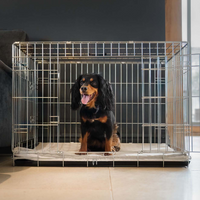



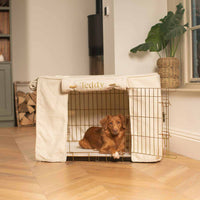
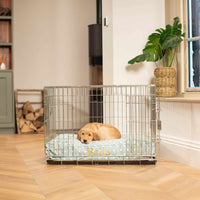
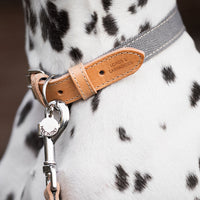

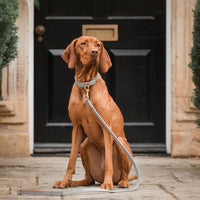
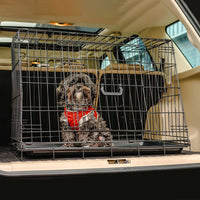
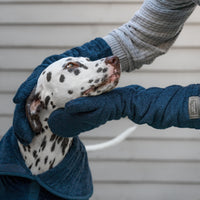
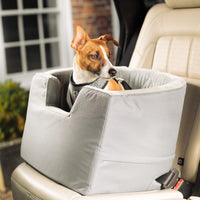

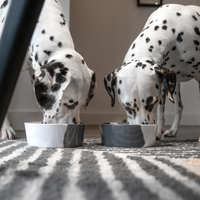

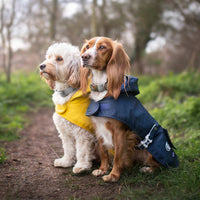

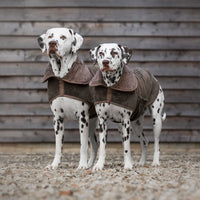
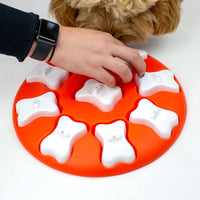

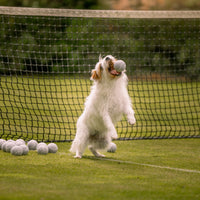
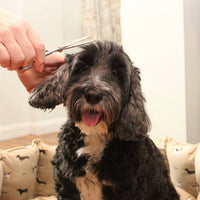
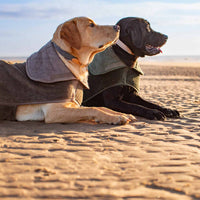



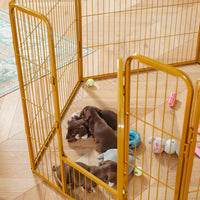
















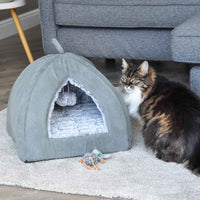



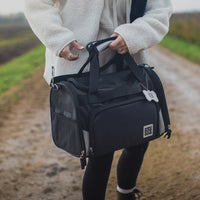







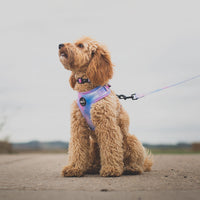


.jpg?v=1724853902122&options=)



































